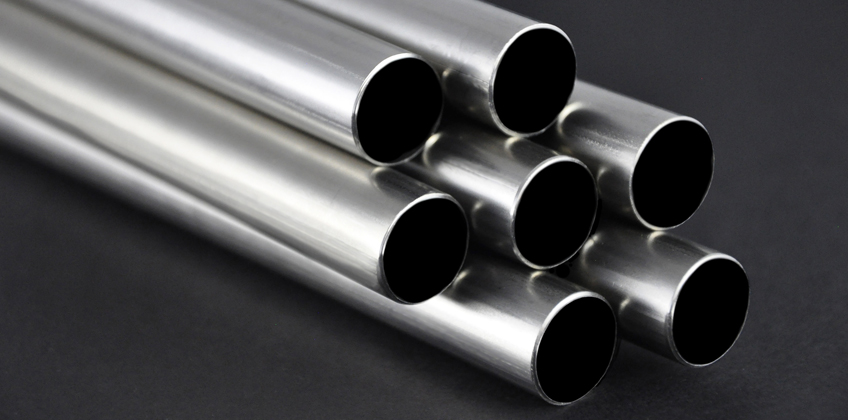Stainless steel 310 is a high-temperature-resistant alloy that is commonly used in various applications, including pipes and tubes. Proper welding and joining techniques are essential to maintain the strength and corrosion resistance of stainless steel 310 tubes and pipes.
Here are some tips on how to properly weld and join stainless steel 310 pipes and tubes:
- Choose the correct welding process: The most common welding processes used for stainless steel 310 are gas tungsten arc welding (GTAW) and gas metal arc welding (GMAW). These processes provide excellent control over the heat input, resulting in a high-quality weld.
- Select the appropriate filler metal: The filler metal used for welding stainless steel 310 should have similar composition to the base metal to ensure a strong and corrosion-resistant weld. Commonly used filler metals include 310, 312, and 316L.
- Preheat the metal: Preheating the metal to 200-300°C can reduce the risk of cracking during welding. This is especially important for thicker materials.
- Maintain a low heat input: To prevent overheating and distortion of the material, it is important to maintain a low heat input during welding. This can be achieved by using a lower amperage, welding at a slower speed, and controlling the heat input with the correct welding technique.
- Use proper welding techniques: Proper welding techniques, such as backstepping and weaving, can help distribute heat evenly and prevent distortion or cracking. Additionally, it is essential to maintain a clean and dry welding environment to prevent contamination of the weld.
Post-weld cleaning: After welding, it is important to remove any slag or oxide buildup on the surface of the weld. This can be achieved by using a stainless steel wire brush and a chemical cleaner.
In conclusion, proper welding and joining techniques are essential for maintaining the strength and corrosion resistance of stainless steel 310 pipes and tubes. By following these tips, you can ensure a high-quality weld that meets the requirements of your specific application.

